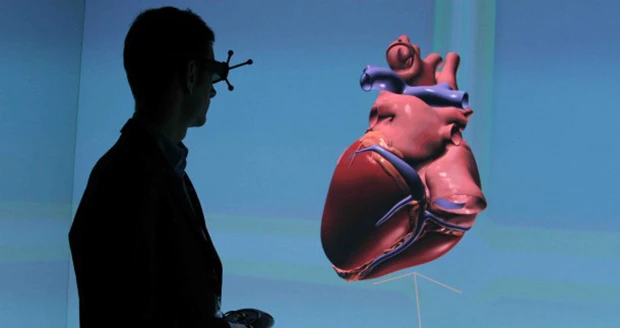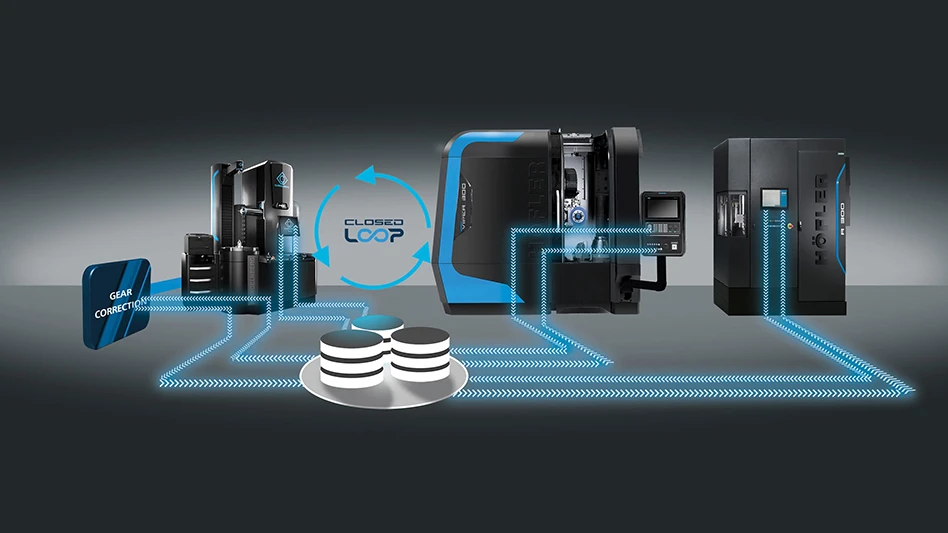
Vélizy-Villacoublay, France and Providence, R.I. – Dassault Systèmes unveiled the world’s first 3D realistic simulation model of a whole human heart. Developed with a multidisciplinary team of heart experts to help combat cardiovascular disease, the “Living Heart Project” will launch the next frontier in diagnosing, treating, and preventing heart conditions through personalized, 3D virtual models.
According to recent research from the World Health Organization, 17.3 million people died from cardiovascular diseases globally in 2008, representing 30% of all global deaths. The American Heart Association report, “Forecasting the Future of Cardiovascular Disease in the United States,” believes the real total direct medical costs of cardiovascular disease will reach $818.1 billion over the next three decades.
At the center of the project is a 3D heart model powered by the Dassault Systèmes 3DEXPERIENCE platform’s realistic simulation applications. Simulation experts working at Dassault Systèmes have used the latest advancements in simulation provided by the SIMULIA applications to develop a comprehensive 3D heart model, capturing the electrical and mechanical behavior of the heart in the most realistic and vivid way.
Today, the lack of realistic 3D human models limits researchers’ ability to predict device behavior in humans. The Living Heart Project has attracted a multidisciplinary community of medical researchers, practitioners, device manufacturers and industry regulators who will have access to 3D computational models to accelerate the translation of research innovation into market-driven products and services.
Using echocardiogram, MRI and CT scan images, along with cardiac research data, personalized 3D heart simulations will soon allow medical professionals to better understand the behavior a patient’s heart without the need for additional invasive diagnostic procedures.
“We live in an exciting time with the capacity to simulate how a patient’s heart may respond to a wide range of interventions, sparing that individual and many others the uncertainties of their procedural outcome,“ states Dr. James C. Perry, professor of pediatrics at UC San Diego and director of Electrophysiology and adult CHD at Rady Children’s Hospital in San Diego. "This is true for those with congenital heart defects, whose lives necessarily include many cardiac procedures, but also for the larger population of people with heart failure, arrhythmias, and other structural abnormalities. This technology is a huge advancement that will expedite the translation of our basic scientific understanding of cardiac function into practical applications that promote improved health and safety.”
The Living Heart Project is connecting many of the greatest minds in cardiovascular modeling and simulation to solve the toughest challenges using SIMULIA applications‘ leading capabilities for simulating complex nonlinear behavior to produce the most realistic and reliable results possible.
“Dassault Systèmes has been involved in many simulation projects over the years – from automobile design simulations that help avoid serious injury, to studies done alongside leading researchers that study the impact of contact sports on the brain. The collaboration among multidisciplinary experts that lead to the Living Heart Project ensures it will have a lasting impact,” said Bernard Charlès, President and CEO, Dassault Systèmes. “With the contribution of leading researchers, medical practitioners and regulatory agencies, this project is another example of how our 3DEXPERIENCE platform can help improve product, nature and life.”
This realistic human heart simulation will not only become a valuable educational and translational tool to incite research innovation, but may also lead to accelerated regulatory approval cycles, reduced development costs for new and more personalized devices and will ultimately enable early diagnoses and improve treatment outcomes.
“The Living Heart Project is a leading example of the value and potential for realistic simulation to significantly impact healthcare in a positive way,“ noted Bill Murray, President and CEO, Medical Device Innovation Consortium. “The MDIC, a public-private partnership with the FDA, is proud to participate in these types of innovative efforts. The Living Heart Project is a model for how collaborations can work to advance regulatory science in the medical device industry and improve patient access to cutting-edge medical technology."
Source: Dassault Systèmes
Latest from Today's Medical Developments
- The manufacturing resurgence is here – are you ready?
- Workholding solutions for your business
- ZOLLER events will showcase the company’s cutting-edge innovations
- THINBIT’s MINI GROOVE ‘N TURN Acme threading inserts
- CMMC Roll Out: When Do I Need to Comply? webinar
- Metabolic research uses Siemens gas analyzers to deliver results with 99.9999% resolutions
- Mazak’s SYNCREX 38/9 Swiss-type production turning machine
- Current economic and geopolitical realities demand decisive action





